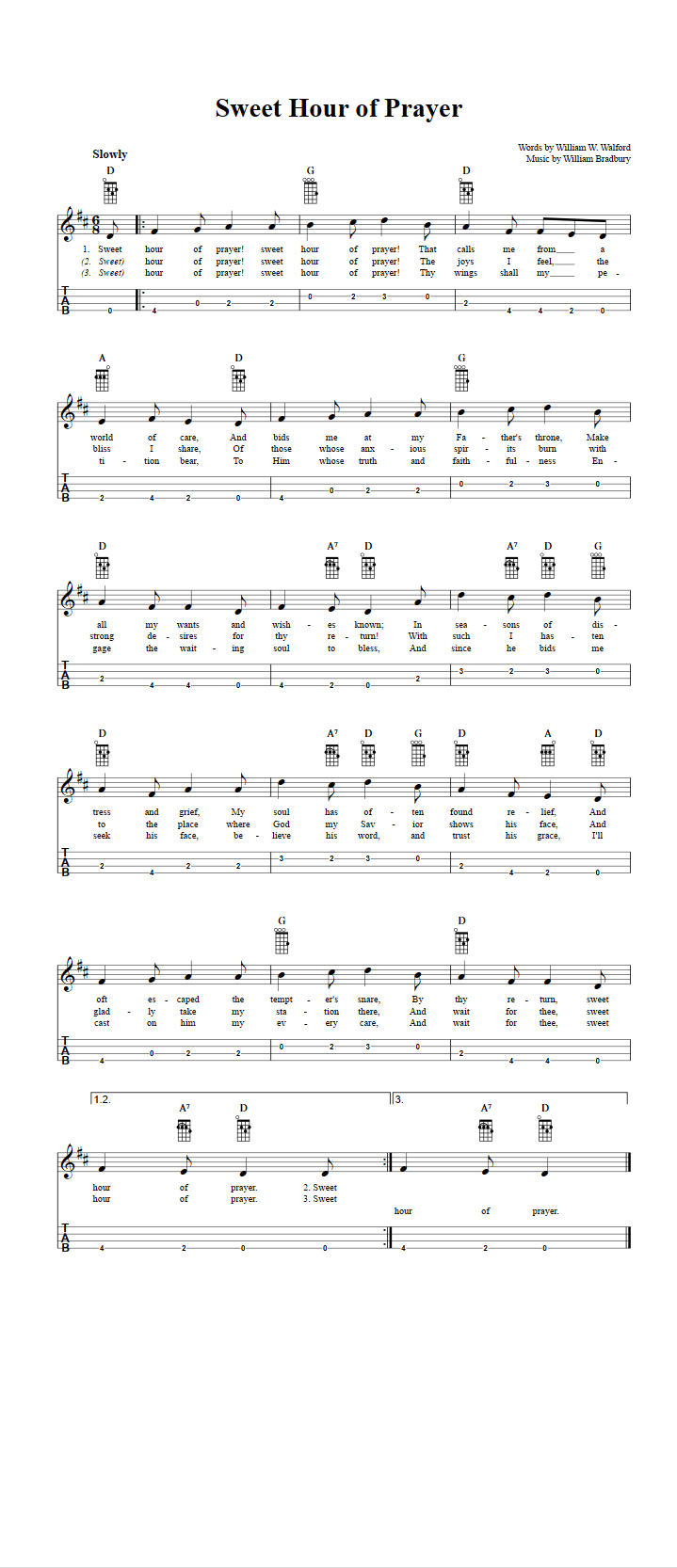
Hammer-onsĪs shown below, sometimes you’ll find the letter “h” between two frets on the string this implies a hammer on. But don’t worry, almost all of them are easy to catch on. Like any other musical sheet, the tabs have different symbols that add more directions to the way you play the notes. Usually, they’re just used to separate the song parts. Tabs don’t have timing, so bar lines aren’t significant for the rhythm. The presence of the chords mostly gives you a sense of the rhythm that the song is played with. Play the chord by pushing the aligned four notes together at the same time. If you see two or more numbers above 0 below each other in a vertical line, that means it’s a chord.įor example, this is what G major chord looks like: Then push on the second fret, while pulling the G string. In the example above, you’ll have to pull on the open E string, then pull on the open C string. The 0 represents an open string, which means no pushing down on any of the frets. That means that you should push the third fret on the bottom string of the uke. Each number expresses which fret you should push down, and on which string.įor example, they can look something like this:Īs you can see, there’s a number 3 on the top line of the tab. Numbers on the dashed lines represent the frets on the ukulele tabs. Note that when you hold the uke properly, the strings will be upside down where the top string on the uke corresponds to the bottom line on the tab.


It starts with the A string on the top followed by E and C, then G at the bottom. The strings arrangement you see is the same as the tab. To know which line represents what, imagine that you’re putting the uke on a flat surface where its headstock is on the left.


 0 kommentar(er)
0 kommentar(er)
